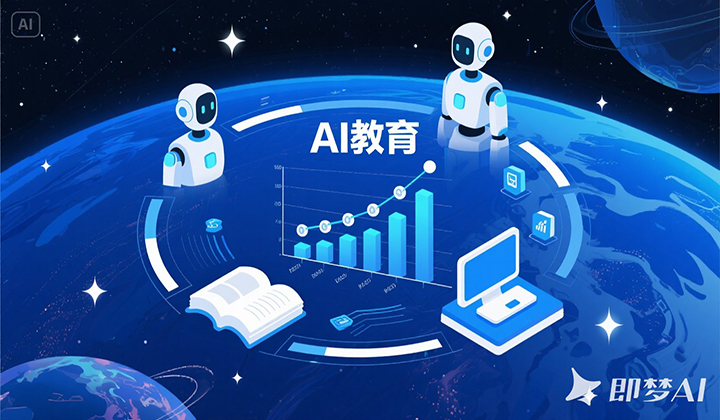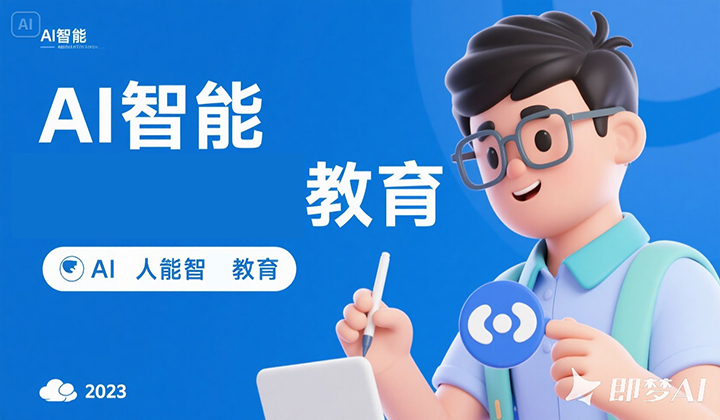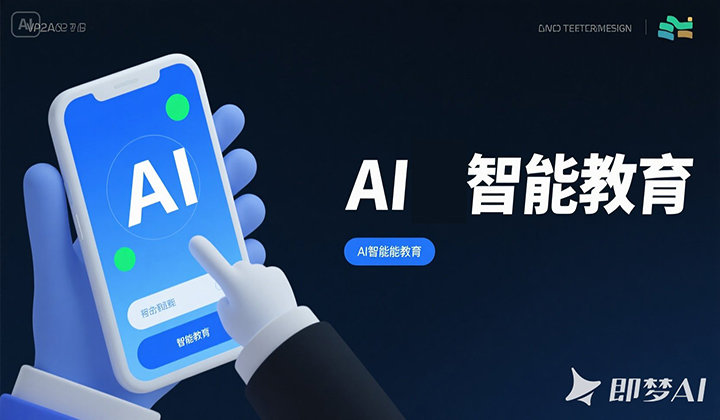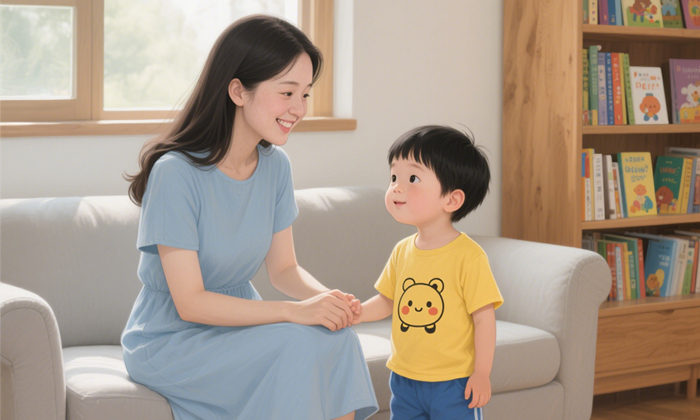A Multi-Dimensional Transformation Engine for Preschool Education
In the era of rapid development in artificial intelligence (AI) technology, AI has become a powerful engine driving transformation in preschool education. From cultural immersion to creativity stimulation and educational evaluation innovation, it brings all-round impacts on children's growth.
AI achieves innovative breakthroughs in cultural enlightenment through immersive scenarios. Traditional cultural education mainly relies on pictures and text explanations, making it difficult for young children to deeply understand cultural connotations. With AI-powered virtual reality (VR) and augmented reality (AR) technologies, children can "travel through time and space" to experience the charm of different cultures firsthand. For example, when learning about traditional festivals, children wearing VR devices can seem to be transported to a lively ancient temple fair, experiencing the fun of dragon and lion dances and lantern riddles. By scanning picture books with AR, the Dunhuang murals in the books come "alive" instantly—the flying apsaras dance gracefully, and combined with AI voice explanations, children can intuitively appreciate the magnificence of traditional Chinese culture. This immersive cultural enlightenment plants seeds of cultural inheritance in children's hearts.
AI plays a unique role in stimulating children's creativity. AI creative tools break through the limitations of traditional creation, offering infinite possibilities for young children. Using AI painting software, children only need to describe their ideas, and the system can generate corresponding images, which can be continuously optimized according to their modification instructions. AI music composition programs allow children to freely combine notes and rhythms to create unique melodies. These tools enable children to express their whimsical ideas freely without being constrained by painting skills or music theory, fully unleashing their creative potential. Meanwhile, AI can analyze children’s creative works and provide targeted inspirational suggestions to further guide the development of their creativity.
AI is also driving the innovation of preschool education evaluation systems. In the past, evaluations in early childhood education relied mostly on teachers’ subjective observations and simple records, lacking systematicness and comprehensiveness. Today, AI constructs a scientific evaluation system through multi-dimensional data collection and analysis. Smart bracelets can monitor children’s physical data such as exercise and sleep quality during school hours. Classroom behavior analysis systems capture data on children’s participation and collaborative performance through cameras. Integrated and processed by AI, these data generate growth reports covering physical development, cognitive levels, social skills, and other aspects, helping teachers and parents understand children’s development more accurately and formulate personalized education plans.
However, the application of AI in preschool education also has hidden concerns. Over-reliance on virtual scenarios may weaken children’s perception of the real world. The homogenization of AI-generated content may limit children’s independent thinking abilities. Additionally, data security and privacy protection cannot be ignored.
As AI deeply integrates into preschool education, it brings not only technological changes but also updates in educational concepts. Only by rationally leveraging AI’s advantages and avoiding potential risks can it truly become a powerful assistant for children’s healthy growth and push preschool education to new heights.














